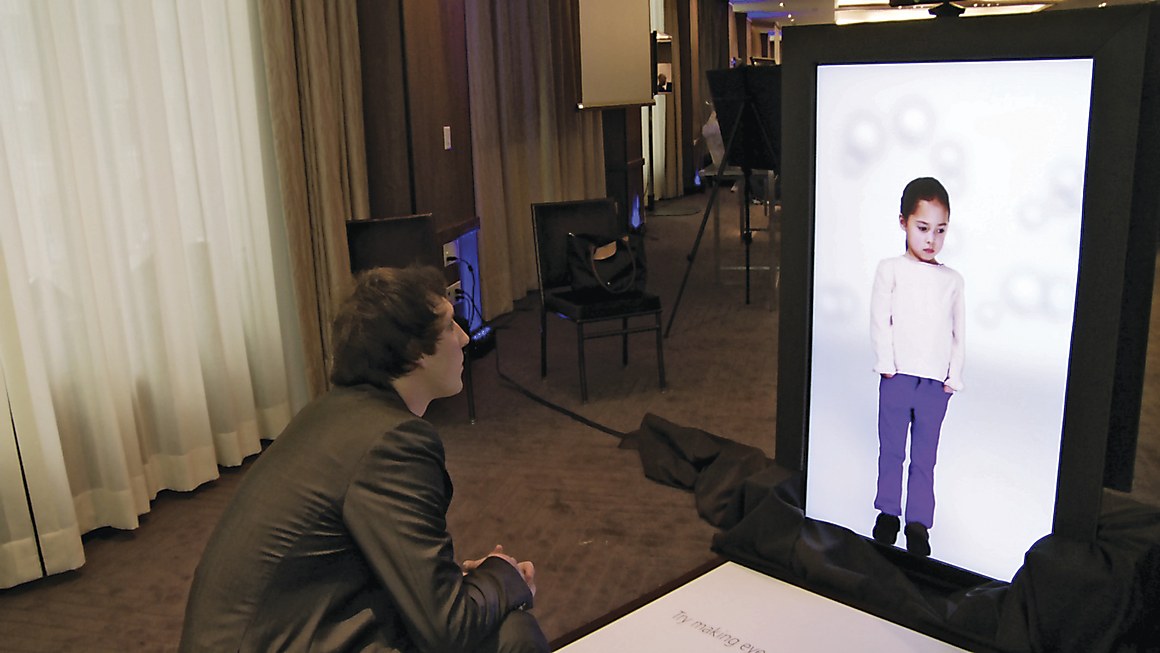
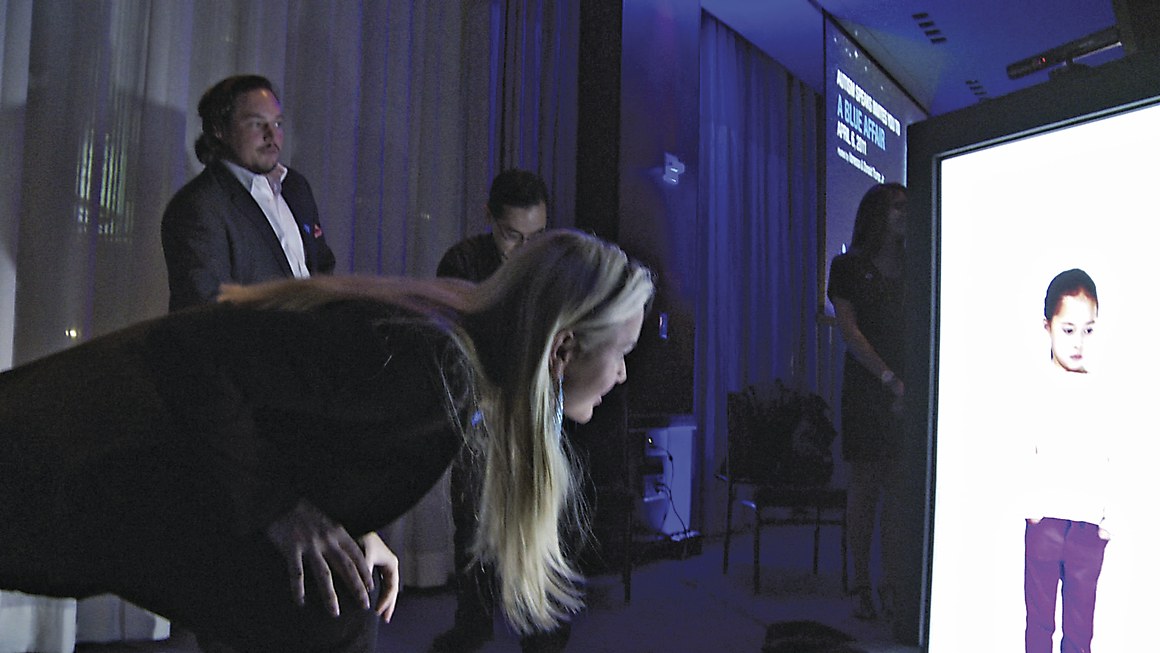
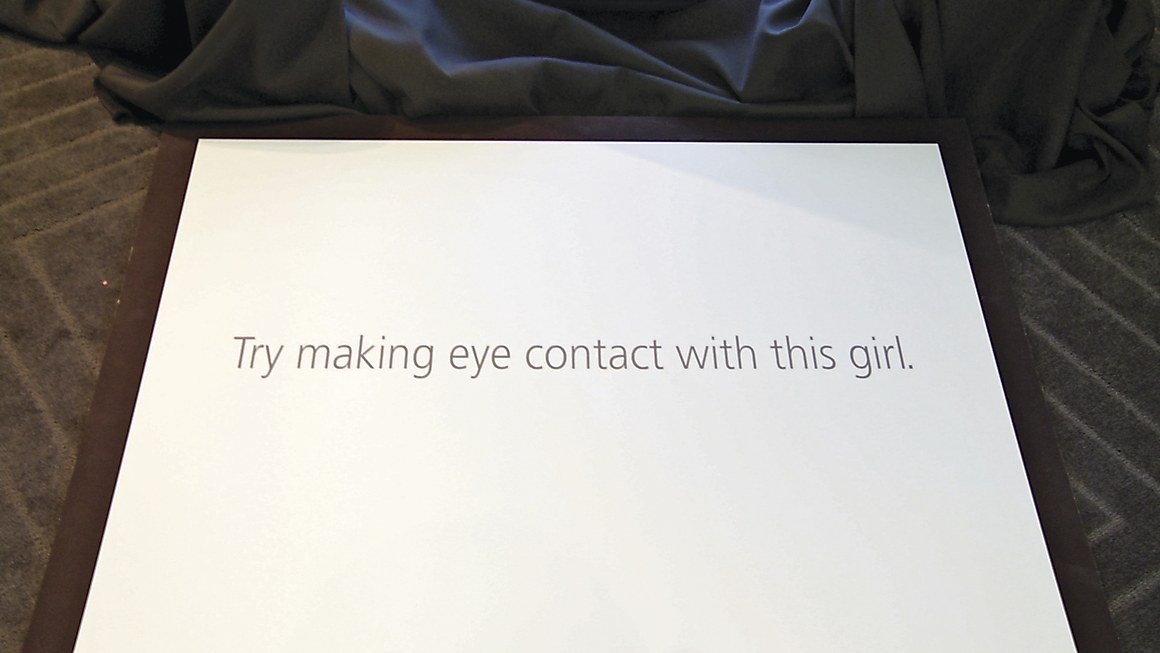






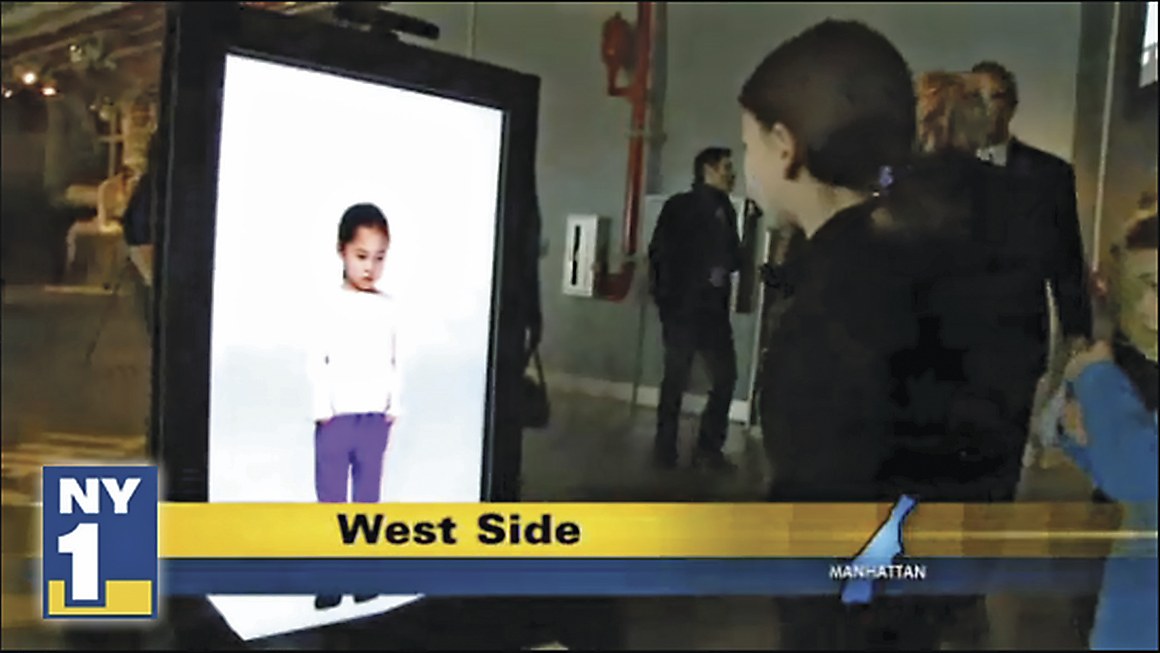
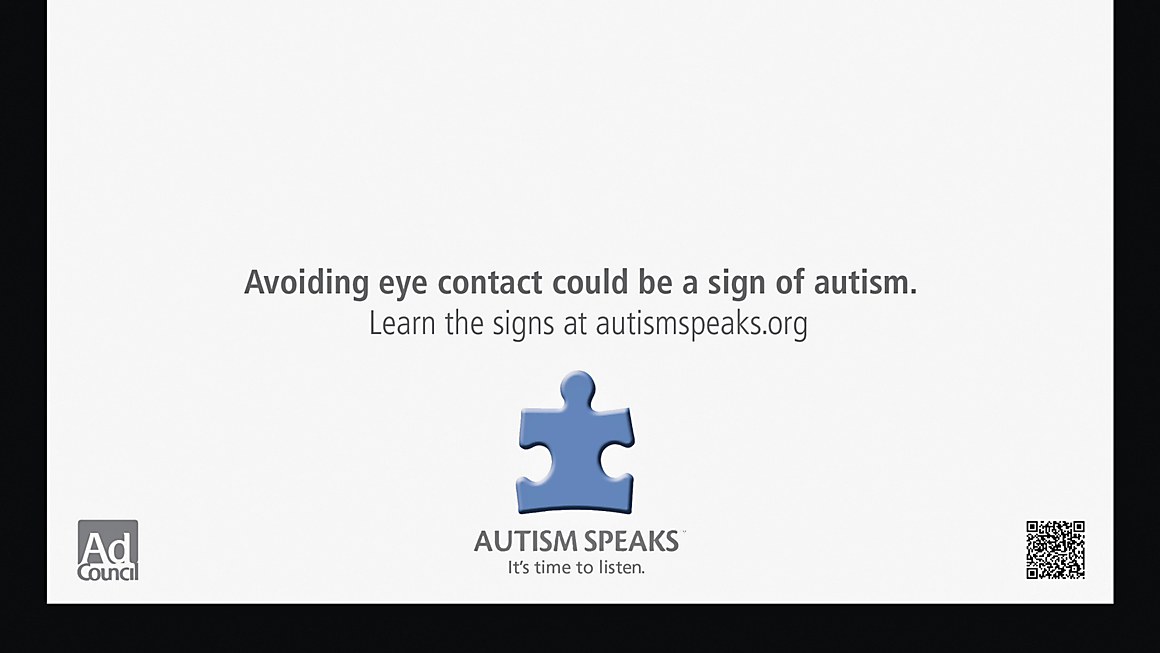
"Perfect use of interaction for the subject matter. Simple, visceral and very effective." —juror Kim Rees
"A great example of how experience design can quickly and effectively illustrate the impact of this disorder. It aimed to be frustrating, uncomfortable and illuminating; it delivered on all three." —juror David Wright
Overview: Autism affects 1 in every 110 children and early diagnosis and therapy are some of the most effective ways to address the disorder. This campaign, targeted at parents with young children, informs them about the avoidance of eye contact—one of the most common signs of autism. An interactive screen presented a life-size girl who would avoid eye contact in every instance. Motion sensitive technology read head and body movements, making eye contact impossible and ultimately provided a "first-hand experience" of what many parents with autistic children deal with daily.
• The project incorporates the basis of the Xbox Kinect technology.
• The installation was displayed at the 2011 World Autism Day event and Autism Speaks roadshows and primarily targeted parents and expecting parents.
• The production cost was $30,000 and total PR media impressions were valued at $5.3 million. submissions.bbdo.com/2011/autism-eyecontact
Comments by Ronald Ng, Tim Wettstein and Patrick Herold:
What was the most challenging aspect of the project? "We strive for honesty and insightful ideas. There is a delicate balance between a powerful informative message and a sensitive one. In this project, we aimed to portray, in the most realistic way, a child living with autism and since the avoidance of eye contact is one of its most common signs, we wanted parents to be on the lookout for it at the earliest age."
Did you learn anything new during the process? "When we tested this on parents, a lot of them were very moved. We realized that visual stimulation like this can trigger a lot of emotions. And, more importantly, lead to action.
How did time constraints affect your final solution? "In this business, time constraints affect every creative solution, but it was important for us not to compromise on the final experience. So we started the process early, to be ready for World Autism Day."